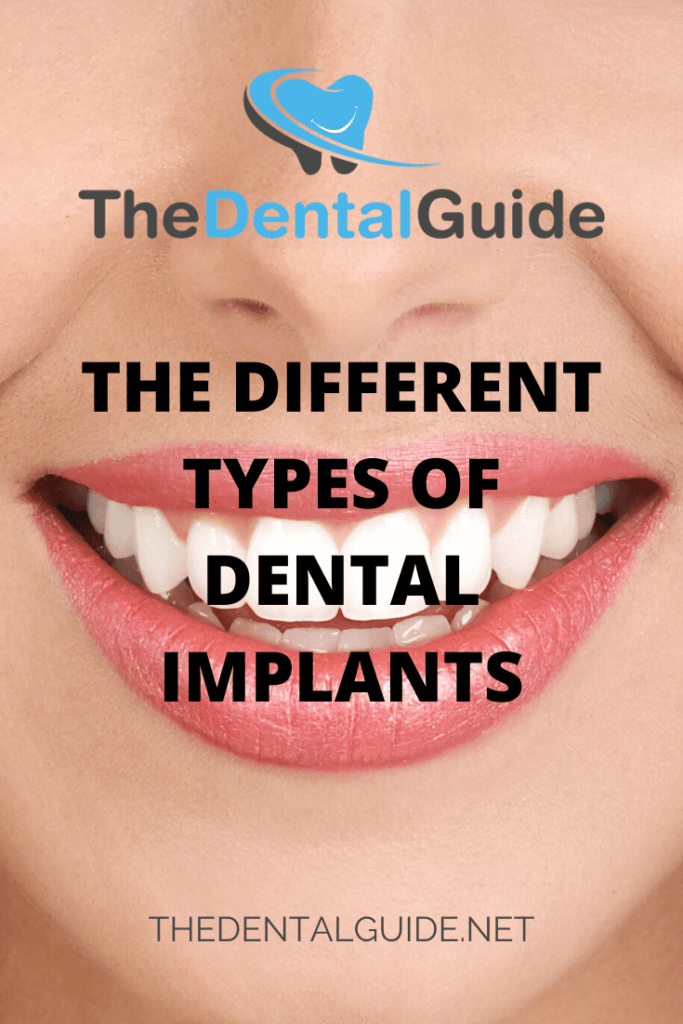More types of dental implants are being created all the time. There are actually more than 40 different types in use today, and we will cover some of the most commonly used ones here.
Conventional Implants
The ones that are most commonly in use are the size of a tooth. They can be used to replace one, two, or more teeth at once. The implant is simply made larger and more teeth are added onto it to accommodate the missing teeth. These are bolted to the jawline through metal screws that are embedded into the bone.
For multi-tooth replacements, more implants are required. To replace an entire mouth full of teeth, at least four implants are needed and sometimes as many as eight. This is far fewer implants than have been required in the past.
Mini and Micro Implants
Mini implants are only a few fractions of a millimeter smaller than regular implants. They use smaller bolts and take up less space. Micro implants, while not commonly used, are even smaller. They are used when the space between teeth is very small, but the patient would like a very secure tooth placed in there instead of a less stable bridge.
Fixed Bridgework
While bridges tend to differ from implants, there are bridges that are supported by implants. These don’t rely on the surrounding teeth as much, as conventional bridges would. Instead, they are supported entirely by the implant and are incredibly stable and secure. Generally, this kind of implant would be used to replace only a single tooth. At times, this type of implant may provide support for a removable bridge, which can be taken out of the moth at will. The bridge can simply be reconnected easily by the patient when they want to put it back in.
Over-Dentures
An over-denture is used when a patient has lost all of their teeth or all of the teeth on a single jawline. The over-denture helps protect the gum and bone from the kind of resorption caused by dentures rubbing up against the gum line. This leads to bone loss, but it can be prevented by using a dental implant. The implant goes into the bone, as per usual, and raises the denture above the gum line, protecting the bones underneath.
Tooth Movement
When teeth need to be moved around and shifted slightly, implants can be use dot anchor them properly and ensure they go where they are supposed to. Orthodontics will often require that teeth move slightly for better alignment. This is an essential part of braces, and to ensure that the teeth do not move too far and that proper alignment is achieved, dental implants can be used to secure the teeth and prevent excess movement.
Temporary Implants
Sometimes, micro-implants are used to secure bridgework that is meant to be temporary. This bridgework is used in place of the actual replacement teeth. When those teeth are ready and the mouth has healed, then the micro-implants can be taken out and the full-sized ones can be used.
How Much Do Dental Implants Cost?
| Type | Approximate price |
|---|---|
| Fixed bridge | £250 - £800 |
| Single tooth implant | £700 - £2500 |
| Mini implant | £400 - £1500 |
